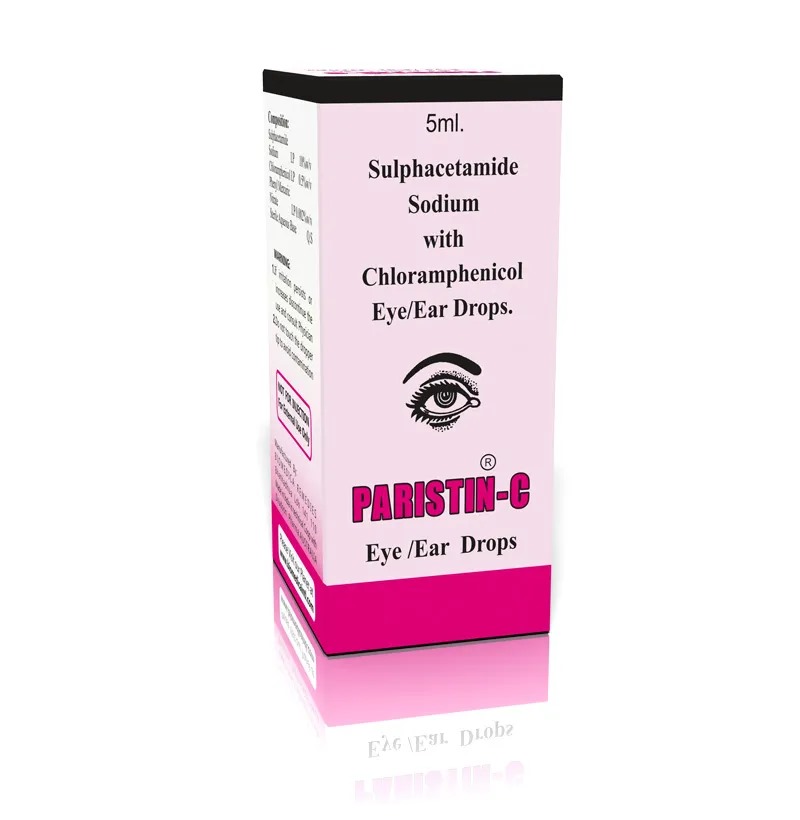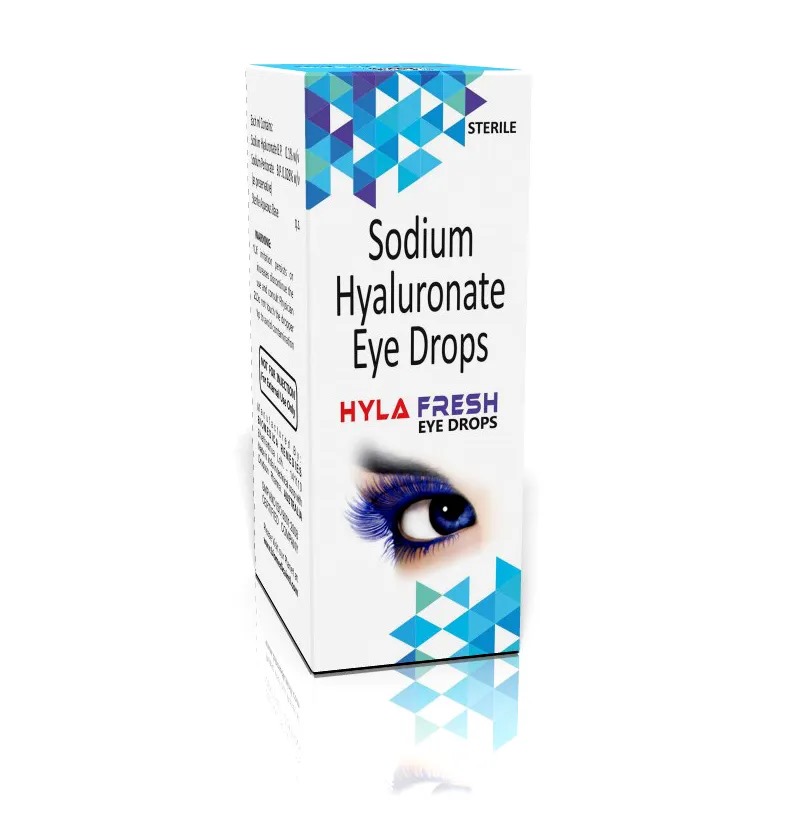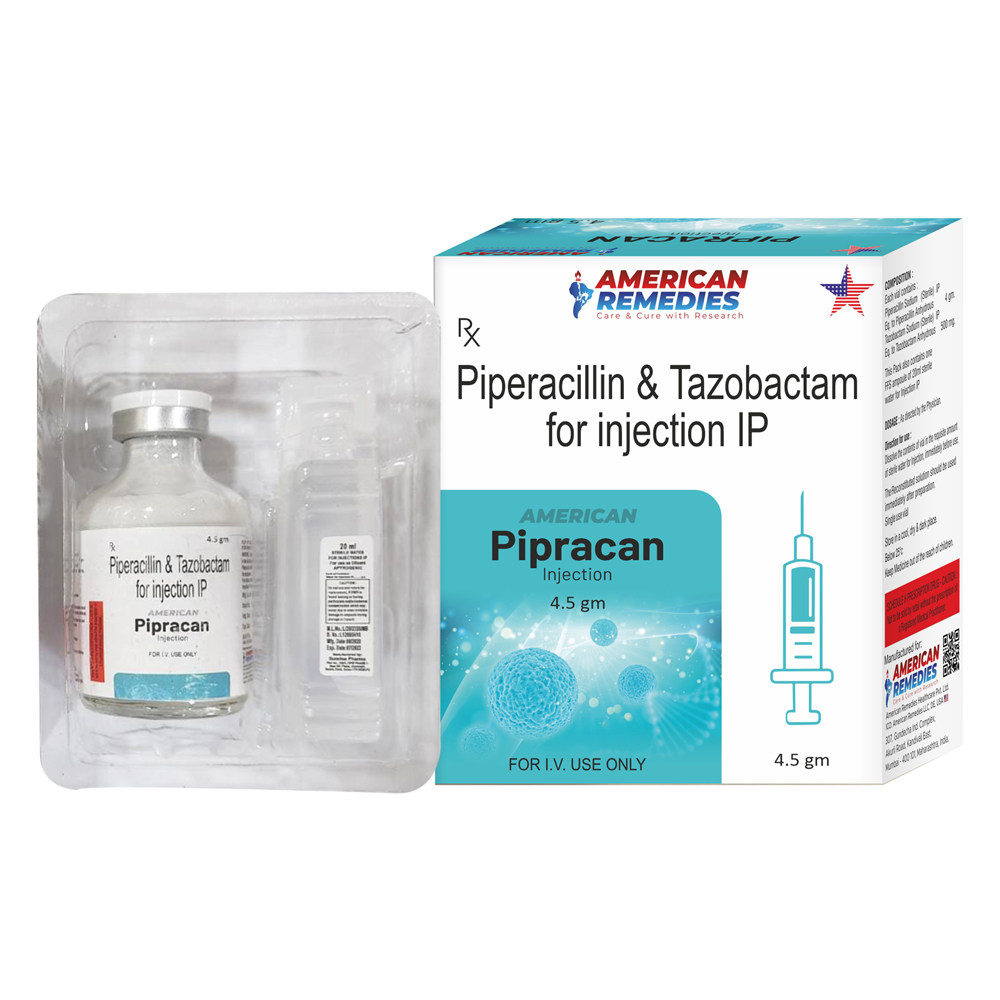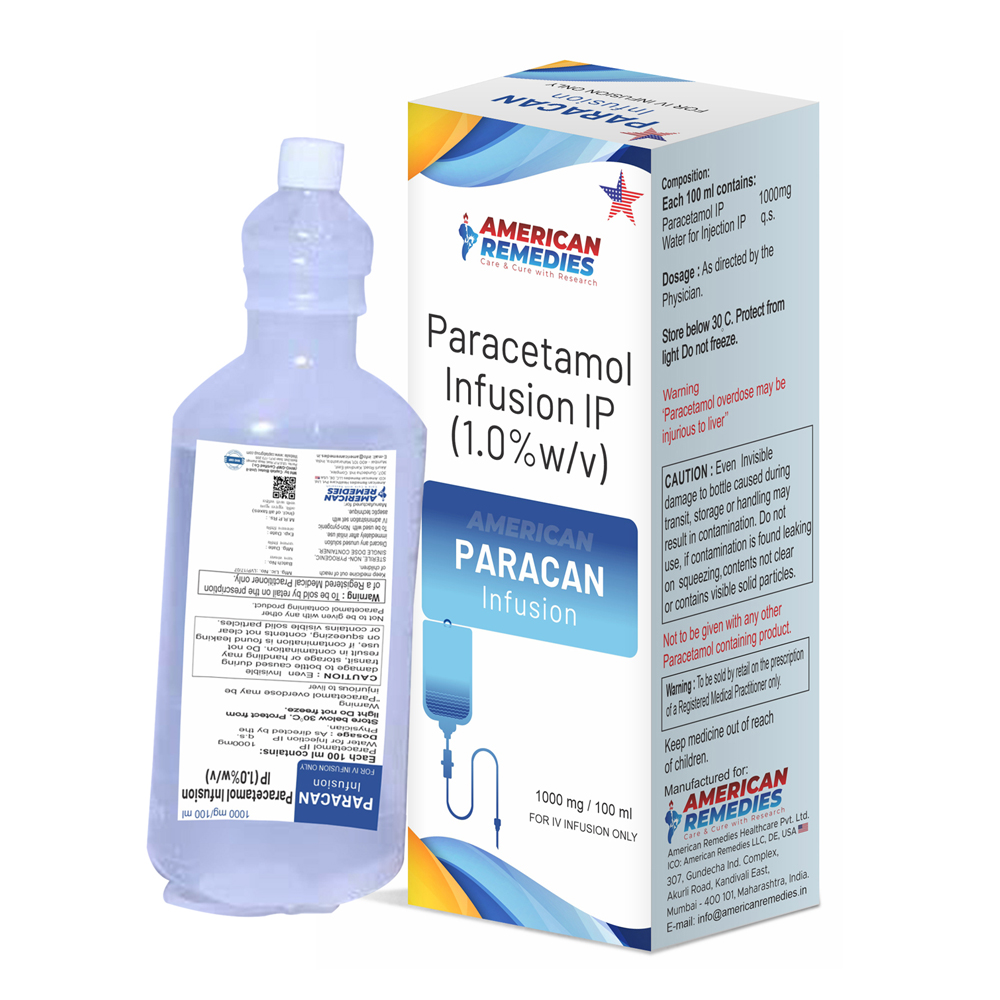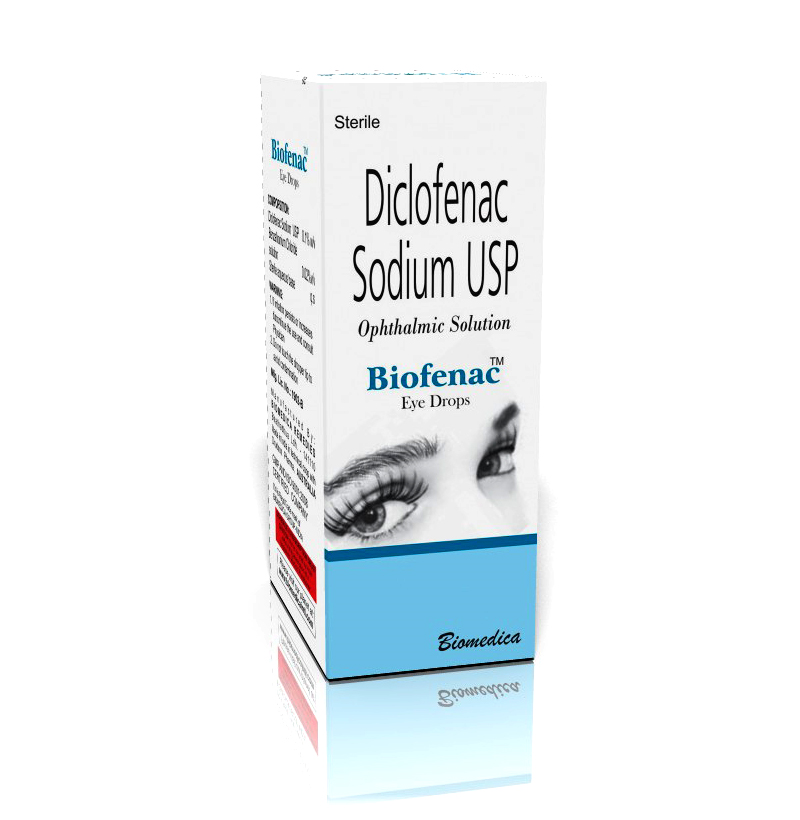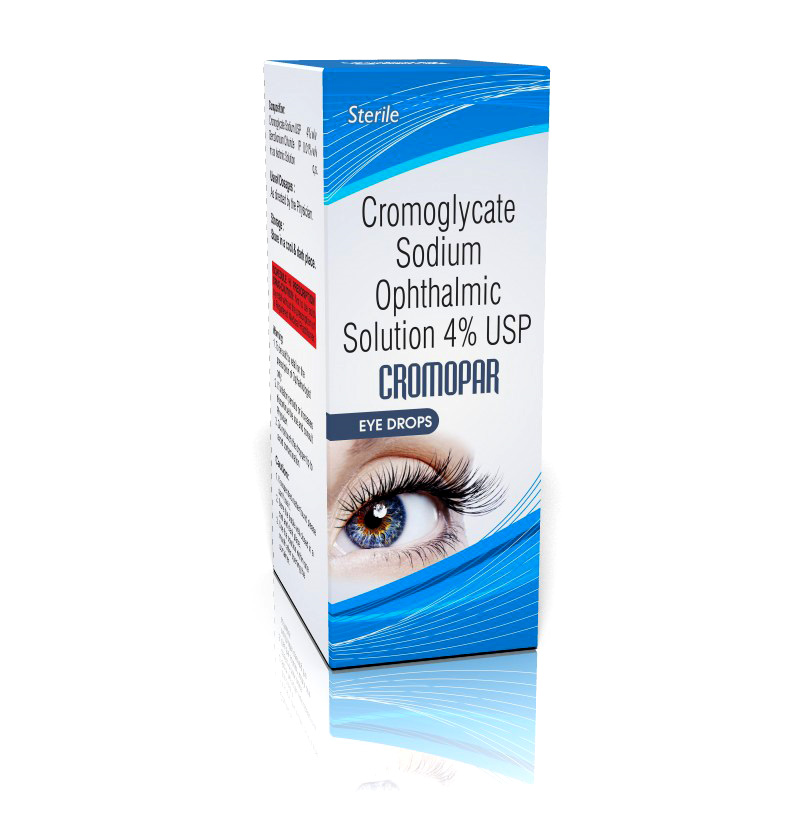Paristin-C (Sulphacetamide & Chloramphenicol) Eye/Ear Drops Paristin-C is a combination ophthalmic and otic solution containing Sulphacetamide (20% w/v) and Chloramphenicol (0.5% w/v). It is primarily used to treat bacterial infections of the eye and ear. ________________________________________ 🔍 Uses • Bacterial Eye Infections: Effective in treating conditions such as conjunctivitis (pink eye), blepharitis (inflammation of the eyelids), and other superficial eye infections caused by susceptible bacteria. • Bacterial Ear Infections: Used to treat external ear infections (otitis externa) caused by bacteria. ________________________________________ 💧 Dosage and Administration • For Eye Infections: o Instill 1–2 drops into the affected eye(s) every 3 to 4 hours, or as directed by your healthcare provider. o Continue the full course of treatment even if symptoms improve to ensure complete eradication of the infection. o Apply 2–3 drops into the affected ear canal, 3 to 4 times daily, or as prescribed by your doctor. o Keep the head tilted for a few minutes to allow the medication to reach the affected area. ________________________________________ ⚠️ Side Effects and Precautions • Common Side Effects: o Mild irritation or burning sensation upon application. o Temporary blurred vision (for eye drops). o Ear discomfort or itching (for ear drops). • Serious Side Effects: o Signs of an allergic reaction, such as rash, itching, swelling, or difficulty breathing. o Persistent redness or discomfort in the eye or ear. • Precautions: o Do not touch the dropper tip to any surface to avoid contamination. o If using contact lenses, remove them before applying the eye drops and wait at least 15 minutes before reinserting. o Consult your healthcare provider before use if you are pregnant, breastfeeding, or have a history of allergies to sulfonamides or chloramphenicol. ________________________________________
Send Message